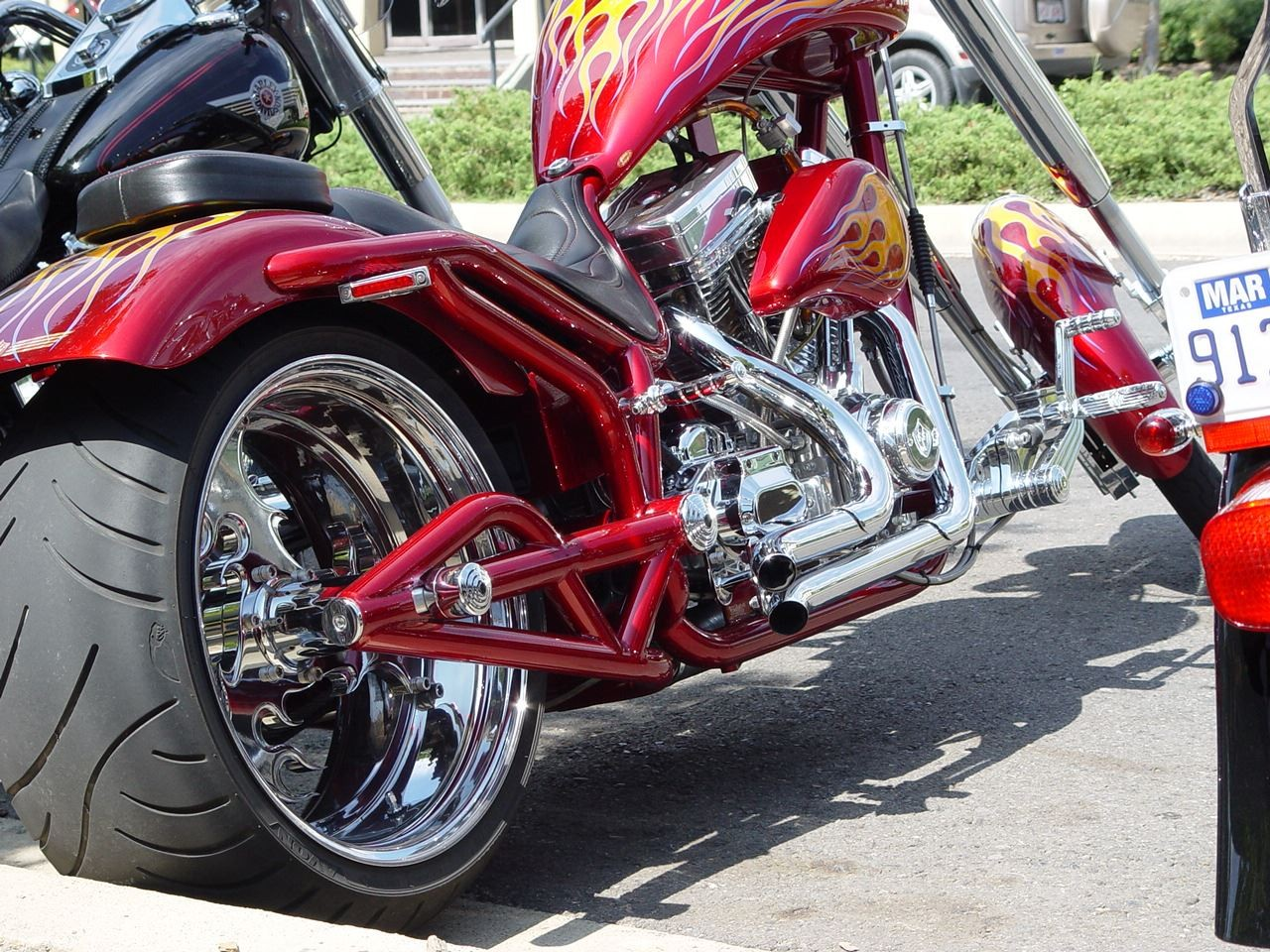
According to a 2010 government report entitled “Motorcycle Safety: Increasing Federal Funding Flexibility and Identifying Research Priorities Would Help Support State’s Safety Efforts,” deaths and injuries from motorcycle crashes cost the U.S. $16 billion in 2010, as reported by the U.S. Government Accountability Office (GAO). The report also provided an analysis and recommendation on how to reduce the number of motorcycle deaths and injuries. The New Hampshire Motorcycle Injury Attorneys at Tenn And Tenn, P.A., believe there is much to be learned from the GAO Report.
“It is vitally important for motorcyclists to protect themselves when they ride. The potential losses from a motorcycle accident are far greater than personal injury. Motorcycle crashes can impose significant monetary hardship on the victims and their families,” said John Tenn.
According to the GAO Report, motorcyclists have a greater chance of sustaining severe injuries from a crash, compared to other motor vehicle operators. Moreover, motorcyclists are 30 times more likely to die in a crash than an automobile passenger. The statistics reveal that in 2010, 82,000 motorcyclists were injured and 4,502 were killed in crashes. These fatal crashes cost an average of $1.2 million, while the cost for injuries ranged from $2,500 to $1.4 million. According to the Government’s Report, these costs may actually be higher because long-term medical expenses and intangible costs related to emotional suffering are difficult to measure.
The GAO recommended to Congress that it consider numerous strategies for preventing crashes. The strategies include licensing, training, enforcing alcohol impairment and speed limit laws, efforts to increase motorcyclist safety awareness, and efforts to increase motorist awareness of motorcycles.
The motorcycle safety report concludes that universal laws requiring all motorcyclists to wear helmets are the only strategy proven effective in reducing fatalities and injuries. Several studies have estimated that the use of a helmet reduces the risk of death by almost 40%. The National Highway Traffic Safety Administration (NHTSA) estimates that DOT-approved motorcycle helmets saved the lives of 1,550 motorcyclists in 2010. Currently, most states have one of two types of helmet laws: universal helmet laws (helmets required for all riders) or partial helmet laws (helmets required for certain riders, usually determined by age). To the dismay of safety advocates, motorcycle groups have strongly opposed the universal helmet laws that require all riders to wear helmets. Only 19 states have universal helmet laws and 28 states have partial helmet laws.
According to NHTSA, it is unlikely that any state with a partial helmet law or no helmet law would increase the requirements for helmet use, regardless of the money or lives saved. While many motorcycle groups advocate helmet use, they oppose mandatory helmet laws. Many riders have expressed concern that mandatory helmet use violates personal liberties and the right to assume the risk associated with riding without a helmet.
“We believe in the freedom of bikers, but never at the risk of a life. Too often, we’ve seen riders severely injured in motorcycle collisions. We’ve met with the loved ones of riders, the family members bikers don’t want to leave behind in a motorcycle accident. However, in New Hampshire, helmet use for adult riders is currently left up to the individual’s discretion. Unfortunately, the statistics demonstrated that there is a marked increased risk of severe injury or death in an unhelmeted crash. And, the resulting financial burden on the victim’s families are significant,” said John Tenn.
